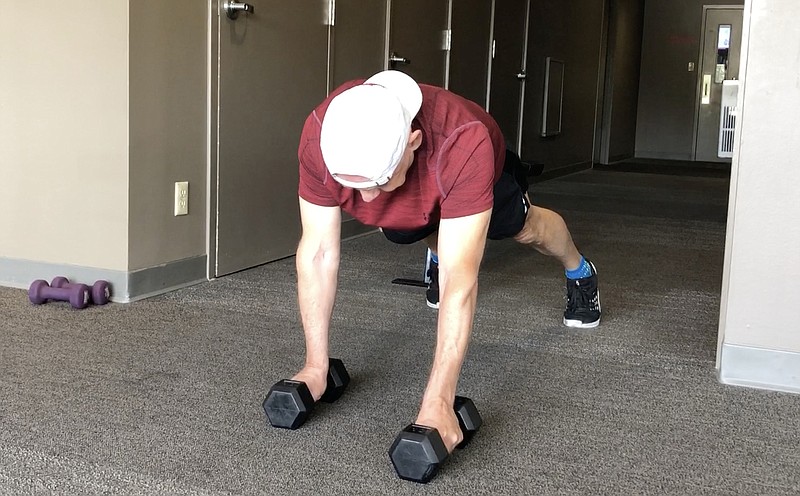Core stability is a fundamental component in my plan to prevent chronic back pain. As someone who has struggled periodically with mild to moderate lower back discomfort, I am dedicated to maintaining a strong and flexible core.
This week, I'll share some everyday tips to help maintain the core muscles so as to reduce the risk for long-term musculoskeletal misery.
"Core stability" sometimes seems like a nonsensical term used by infomercial models wearing tight shorts. But it's real and an incredibly important aspect of maintaining a musculoskeletal chain.
The core is generally comprised of abdominals, hip flexors, hip extensors, lower back muscles and intercostals. These five categories of muscle generally control the body's trunk and are responsible for twisting, bending and supporting the spinal column.
No matter how strong the arms and legs become, one's stability starts with the core. A strong core helps to promote good posture, spinal alignment, mobility and so much more. However, exercisers are often confounded about how to stretch, strengthen and improve the endurance of this all-important group of muscles safely.
The first step to strengthening the core is understanding how to intentionally contract the right muscles under resistance. To do this, sit up straight in a chair and exhale forcefully through pursed lips. Place one hand on the abdominals and you should feel a contraction. That's it! The core is now engaged.
Of course, the hip extensors and flexors are not necessarily active during this little exercise — but we'll get to those areas in future columns. For now, it's important to understand the broad abdominal engagement required during most core work. Once this is achieved, everything else is much easier (and safer).
The second piece of core strengthening is moving through a series of exercises that challenge the core as a whole. Stationary machines don't really achieve the right kind of group engagement, so I like to prescribe body weight exercises such as pushups, planks and squats. These movements create the conditions necessary for the core muscles to work together, which is exactly how one needs them to perform every day.
This week's exercise is a plank variation that forces the core to engage by applying a light resistance in an unbalanced fashion. The DB Plank Plus Sign is easy to learn but should be performed after the standard plank is mastered.
[Video not showing up above? Click here to watch » arkansasonline.com/88master/]
1. Grasp a pair of light dumbbells and get into the "up" phase of a pushup with your hands still holding the dumbbells. Think about keeping your wrists straight and make sure they won't roll when you start to shift your weight.
2. Tighten the abdominals and core muscles.
3. Lift the right hand off the floor and draw a plus sign by touching the dumbbell down at the points of the sign.
4. Place the right dumbbell back on the floor; draw a plus sign with the left hand.
5. Continue alternating for five times on each side.
The cool part about this exercise is that a very light weight can be effective. Even a 1 or 2-pound dumbbell will be a challenge for the first few weeks, but it's a great way to activate the core muscles so they develop the abilities needed to protect the lower back for the long haul. Enjoy!
Director of business development and population health solutions for Quest Diagnostics, Matt Parrott began this column 20 years ago at Little Rock. He has a doctorate in education (sport studies), a master's in kinesiology and is certified by the American College of Sports Medicine.
vballtop@aol.com
